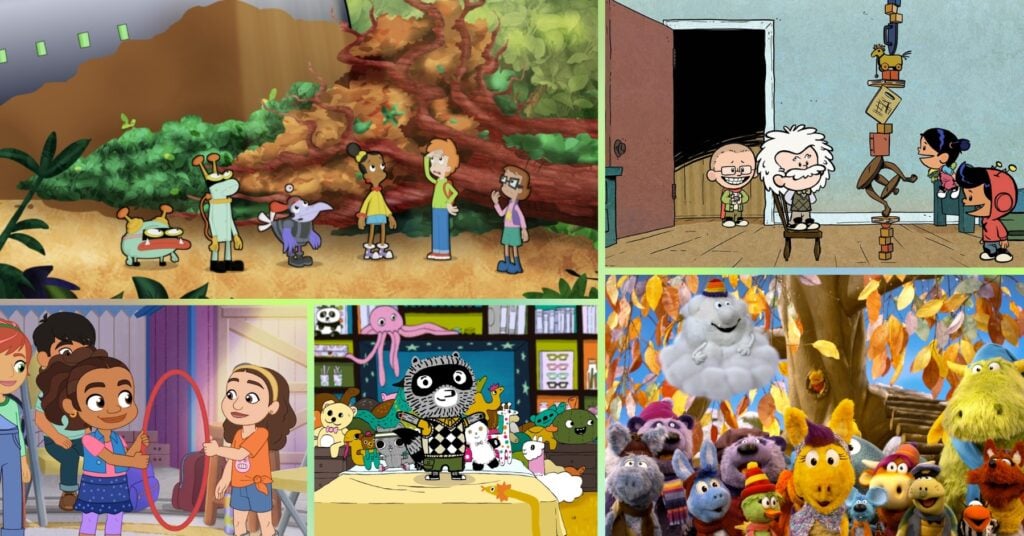
Here’s a hard reality: PBS and its children’s programming at PBS Kids are in trouble. In May 2025, an Executive Order was issued terminating funding for the Corporation for Public Broadcasting, which supports, among others, NPR and PBS. With CPB announcing that it was shutting down, we could witness the shutdown of a service that has been at the forefront of educational, entertaining, and safe programs for children for decades. Virtually none of us have grown up without one of their shows on our screens.
If local PBS affiliates can’t find additional funding, and no other TV network or streaming service picks up PBS Kids shows, they could disappear, leaving a large void in our children’s lives. These shows teach valuable lessons in ways that kids can relate to and make part of their lives well into adulthood. PBS is also available to everyone, which is crucial for kids living in lower-income families who can’t afford streaming services and other ways to watch.
As a former animation executive, I can tell you with certainty that PBS Kids is one of the few major kids’ content producers that prioritizes the message and audience over the financial bottom line. With that said, here are some shows from PBS Kids that we cannot afford to lose.
Sesame Street
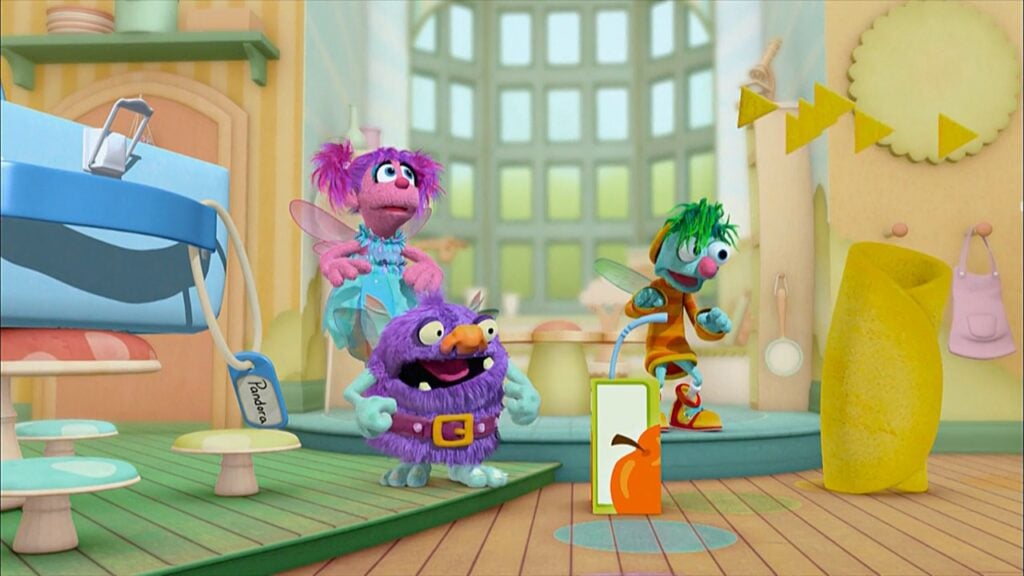
Let’s start with the obvious one. Sesame Street debuted on November 10, 1969. That is over 50 years and 4500 episodes. Approximately 95% of all American preschoolers have watched Sesame Street. Studies have also shown that around 86 million Americans have watched the show during childhood. Globally, viewership is even larger. I fully understand that Sesame Street, at its core, is not a cartoon, but numerous cartoon segments have helped keep children engaged for decades.
To lose access to Sesame Street would be a massive blow to the education and raising of our children. Sesame Street deals with not just educational activities, but also real-life social and emotional issues that kids face. With its excellent Muppet cast, Sesame Street deals with things like the death of loved ones, diversity among friends, the importance of community, and kindness. The world is better with Sesame Street in it.
Alma’s Way

In Alma’s Way, the titular character, Alma Rivera, navigates challenges and adventures in her predominantly Puerto Rican Bronx neighborhood. Alma’s adventures are empowering and relatable for kids and teach the importance of thinking through problems and using reflection to learn from them. It also provides a window into Alma’s vibrant Puerto Rican culture and community.
Alma’s Way teaches kids critical thinking, self-awareness, and the importance of slowing down, thinking things through, and making reasoned choices. In today’s society, these are fundamental skills for kids to develop. The show encourages kids to think about others as well and given its setting, provides children from underrepresented communities a chance to relate to what they see on the screen.
Xavier Riddle and the Secret Museum
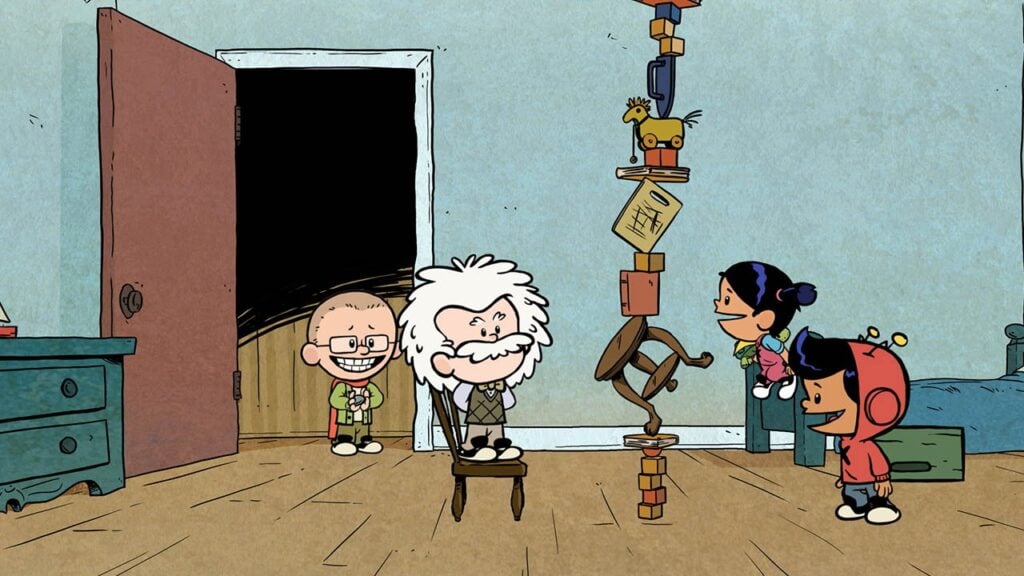
If ever there was a time to learn from history, it’s now. Based on the excellent “I AM” book series by best-selling author Brad Meltzer and illustrator Chris Eliopolous, Xavier Riddle and the Secret Museum follows Xavier Riddle, his sister Yadina Riddle, best friend Brad and robot Berby as they use The Secret Museum to time travel throughout the past and meet key historical figures like Rosa Parks, Leonardo Da Vinci, Hellen Keller and more. Using the lessons from their stories, Xavier and crew solve real-life and relatable problems.
Xavier Riddle and the Secret Museum is an important show for two reasons. First, it provides kids a window into history in an easy-to-understand way, making history feel alive and inclusive. The second reason is that the show frames the heroic qualities of the episode’s historical figures in ways that encourage kids to see those same qualities in themselves. It shows them how to create positive change in their world and shows that everyone, regardless of their background, can be a force for good.
Carl the Collector
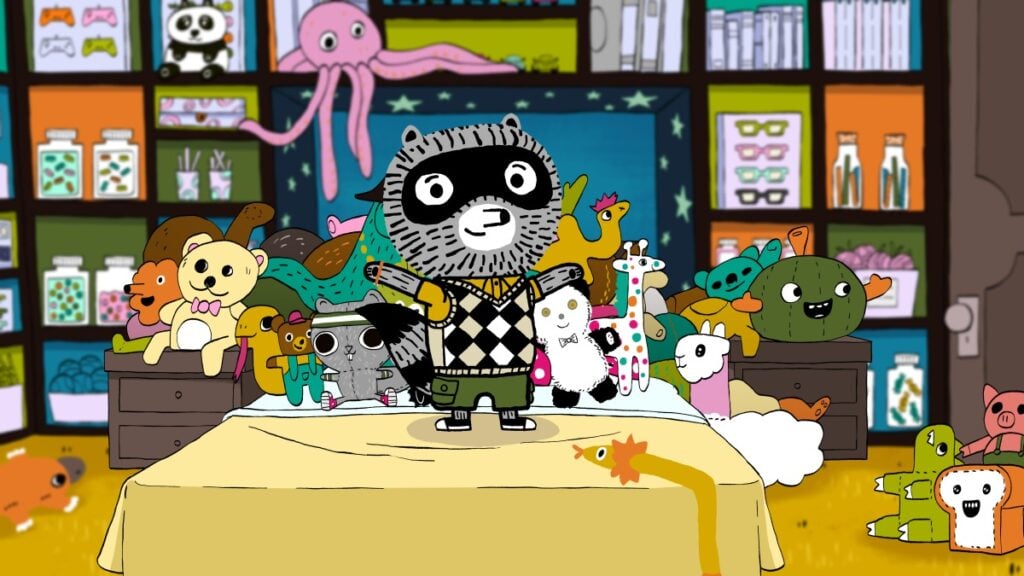
Carl the Collector follows Carl, a raccoon, and his friends as they go about their lives and have adventures in the inclusive FuzzyTown. Carl loves collecting things and is Autistic. This makes Carl The Collector the first children’s show with a neurodivergent lead character. To ensure authenticity, the show employs neurodivergent creators and advisors and presents Carl’s experiences through the lens of his Autism and his friend’s understanding, empathy, and inclusion.
ASD and neurodivergency are massive aspects of kids’ and parents’ lives these days. Carl The Collector, and shows like it are essential to help normalize neurodiversity and foster understanding and acceptance in children, and frankly, parents as well. Episodes explore friendships and emotional growth, as well as perspective‑taking, impulse control, task perseverance, and self‑management. These are skills that everyone could use daily.
Donkey Hodie

Donkey Hodie is a bright, determined yellow donkey who lives in the magical land of Someplace Else. She is also the granddaughter of the original Donkey Hodie from the classic Mister Rogers’ Neighborhood. With her friends Purple Panda, Bob Dog, and Duck Duck, Donkey tackles everyday challenges like making mistakes, trying new things, or waiting patiently, always with creativity, humor, musical moments, and a can-do attitude.
Donkey Hodie is a wonderfully simple show, packed with lessons of resilience, confidence, and most importantly, optimism. The episodes encourage kids to stay positive, bounce back from setbacks, and keep trying even when things get hard. As adults, it’s easy for us to become cynical about the state of the world. That can trickle into our kids’ worldview, and so any show that can encourage positivity, optimism, and perseverance is an important one in my book.
Hero Elementary
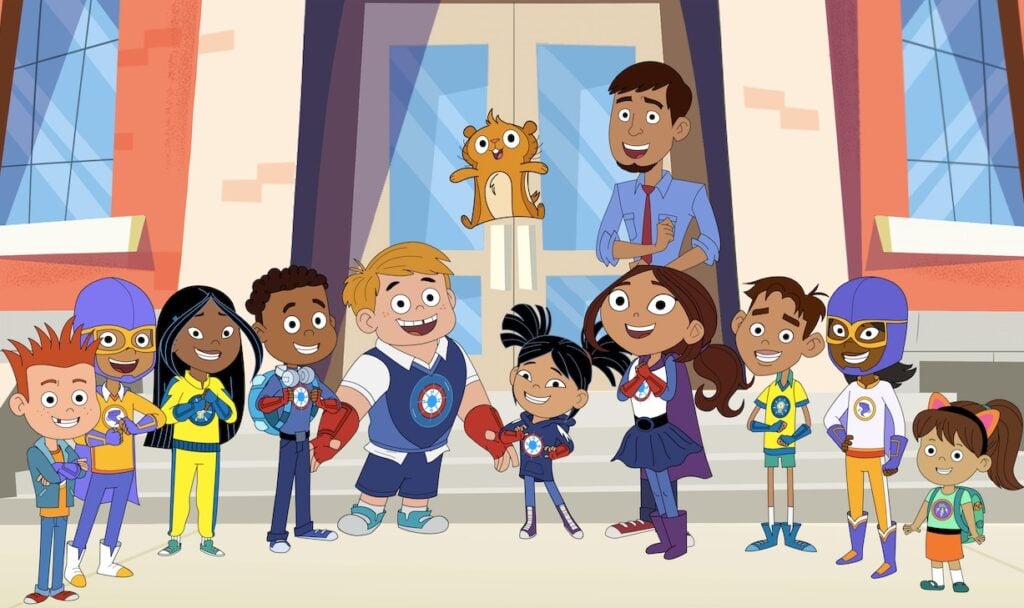
What kid doesn’t like superheroes? Heroic adventures and themes are everywhere in kids’ programming, and Hero Elementary is no exception. Hero Elementary is a show about a superhero-themed school where a diverse team of four young student heroes is guided by their enthusiastic teacher, Mr. Sparks. Each student has a unique “superpower,” but they often use real science to solve everyday problems.
Hero Elementary blends STEM education with adventure and social learning. Its emphasis on facts, science, and the importance of working together makes it an excellent example of how to achieve goals and answers. The diversity of its characters, including different backgrounds, bilingual characters, neurodivergent characters, and kids of different backgrounds, highlights how these aspects are strengths and essential to the problem-solving process.
Cyberchase
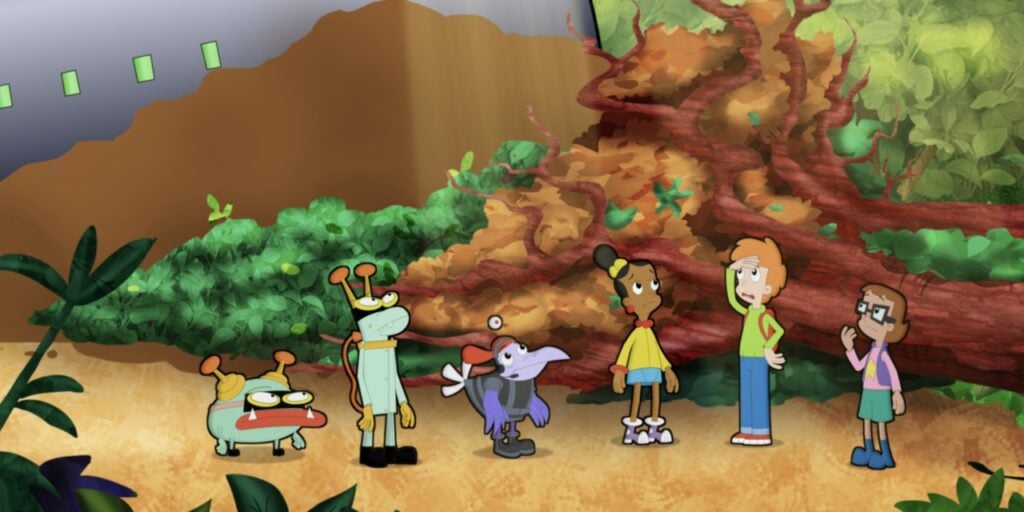
Kids of my generation of parents are growing up never knowing about a world without the internet. It’s a part of everything they touch. Cyberchase uses digital realms to show how math, logic, and critical thinking can solve problems in real life. The show follows Jackie, Inez, and Matt, three Earth kids who are transported into cyberspace to protect the virtual world from the villainous Hacker. Their bird-like friend Digit guides them through cyber-challenges and dilemmas all embedded with real-world solutions.
Cyberchase explores different areas of math and science, and most importantly, makes traditionally dull subjects FUN. It presents math as a powerful problem-solving tool and helps kids build confidence in their abilities so then when they face challenges (mathematical or otherwise) they can persevere. As someone who struggled greatly with math in school, anything that can make it fun and relatable is very welcome.
Daniel Tiger’s Neighborhood

Another show inspired by Mr. Rogers’ Neighborhood, Daniel Tiger’s Neighborhood is a modern classic among today’s kids. Daniel Tiger is a curious and kind four-year-old tiger who lives in the Neighborhood of Make-Believe. Daniel experiences situations that all kids can relate to, like going to the doctor, dealing with anger, or welcoming a new sibling. There are catchy musical numbers, strategies, and coping skills woven into each episode that families can use and rely on.
As well as being able to relate to the main character, the important part of Daniel Tiger’s Neighborhood is that it teaches kids how to manage their feelings in common and uncommon life situations. Through stories and gentle guidance, children learn how to express emotions, navigate friendships, and build self-confidence. Daniel Tiger’s Neighborhood helps children feel seen, heard, and supported as they grow and learn in a safe, nurturing way.
Acoustic Rooster
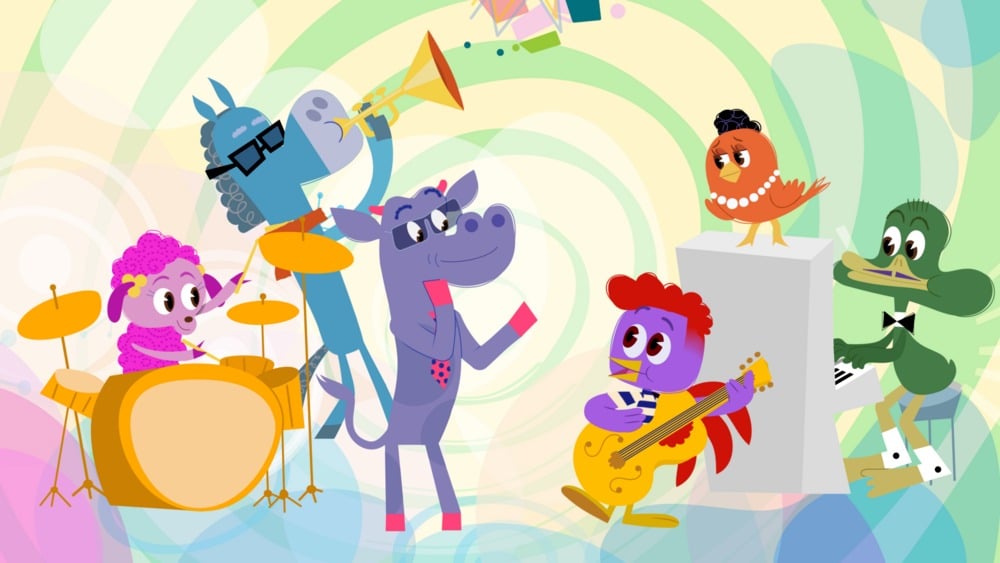
Acoustic Rooster is a fantastic animated special based on the book by award-winning author Kwame Alexander. The story follows a guitar‑playing rooster who dreams of joining the BeBop Barnyard Band. With characters inspired by real-life jazz legends such as Duck Ellington, Mules Davis, and Ella Finchgerald, Acoustic Rooster introduces kids to the wonder of music and the importance of listening, improvisation, rhythm, and collaboration.
Acoustic Rooster not only has themes of friendship, inclusion, compassion, and fun, but it also introduces core concepts in music theory, such as tempo, melody, and musical feeling. By using the genre of Jazz as its base, kids learn that music is for everyone and different styles and cultures are just as essential and accessible. Anything that has my kids asking to listen to my record collection is top-notch in my view.
Rosie’s Rules
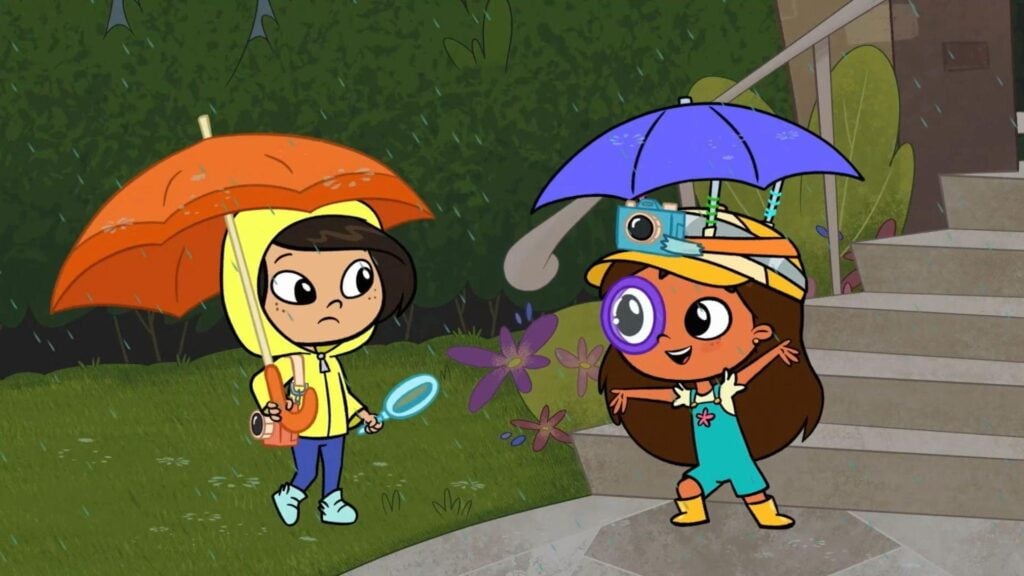
Rosie’s Rules enters into an area that has long been thought of as boring: Social Studies. The show is about an inquisitive and playful five-year-old Mexican‑American girl named Rosie Fuentes. Rosie lives in Texas with her blended, bilingual family and her cat Gatita. As Rosie navigates everyday thoughts like “how does the mail work” an “Sometimes flopping helps get your feelings out” she learns about her community, family relationships and even economics with humor and imagination.
Rosie’s Rules intentionally integrates early social studies concepts, including civics, geography, and emotional well-being into relatable stories. Rosie makes “rules” about the issues she faces, literally creating a how-to list for kids. Rosie’s bilingualism and multicultural roots show children from diverse backgrounds that they belong and they can use her rules in their lives too.
The Cat In The Hat Knows A Lot About That!
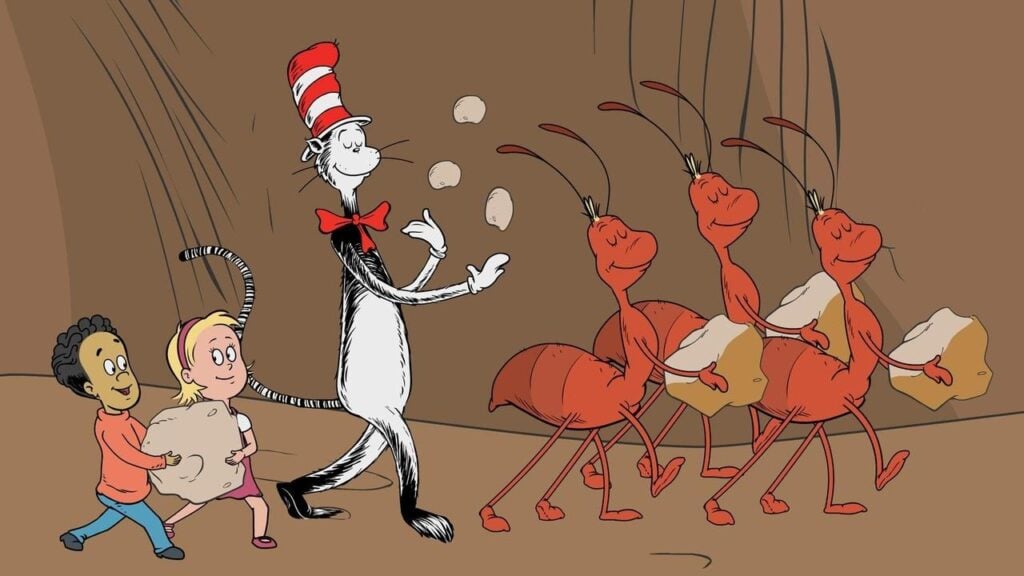
The Cat in the Hat Knows a Lot About That! stars the incomparable Martin Short as the Cat In The Hat in this animated, musical-adventure series. The Cat’s friends, Sally, Nick, Fish, and Thing One and Thing Two, travel around the world in a magical “Thinga-ma-jigger” to answer scientific questions. From physics to nature to math and literacy, the show uses classic Seuss-style rhymes and humor to take kids on fantastic adventures.
One of the things that sometimes gets lost in kids as they grow is the sheer joy of learning something new. The Cat in the Hat Knows a Lot About That! stresses that learning is fun and that things like science and engineering can be exciting, playful, and adventurous. Studies have shown that preschool-aged viewers exposed to the show and its related multimedia resources significantly improved their understanding of the nature of scientific and educational exploration and fostered a joyful pursuit of knowledge.
SciGirls

SciGirls is unique in that it is a hybrid live-action and animated series that features real middle-school girls working with female scientists and engineers on STEM-based challenges. Animated “hosts” Izzie and Jake frame the activities, highlighting how STEM skills can be applied to everyday situations.
Yes, the show is called SciGirls, but it’s for everyone. It promotes inclusion and equality, which is a big issue in the STEM world. It also teaches scientific processes like predicting, observing, experimenting, and more. The real-life students and mentors featured lend credibility to the concepts, showing kids that they can do it just like the kids on the screen. Kids can see themselves as capable scientists and that STEM, and science as a whole, should be accessible to everyone.
Work It Out Wombats!

Work It Out Wombats! brings to the table an unexpected skillset for a preschool show about fuzzy wombats: Computational thinking. The wombats in question, siblings Malik, Zadie, and Zeke, live in the Treeborhood and face lots of relatable kid challenges. Things like organizing a big mess, building something with limited materials, or tracking down a lost item. In working through these challenges, the show stresses process and determination by breaking the problem down and tackling aspects one at a time.
Computational thinking is a growing concept in parenting and education and Work It Out Wombats! is ahead of the curve. Skills like breaking problems into smaller steps, sequencing, spotting problems or “debugging”, and refining solutions are all taught via creative play. Work It Out Wombats! also nurtures inclusion, collaboration, and flexible thinking, which is something everyone could definitely use a bit more of.
Nature Cat
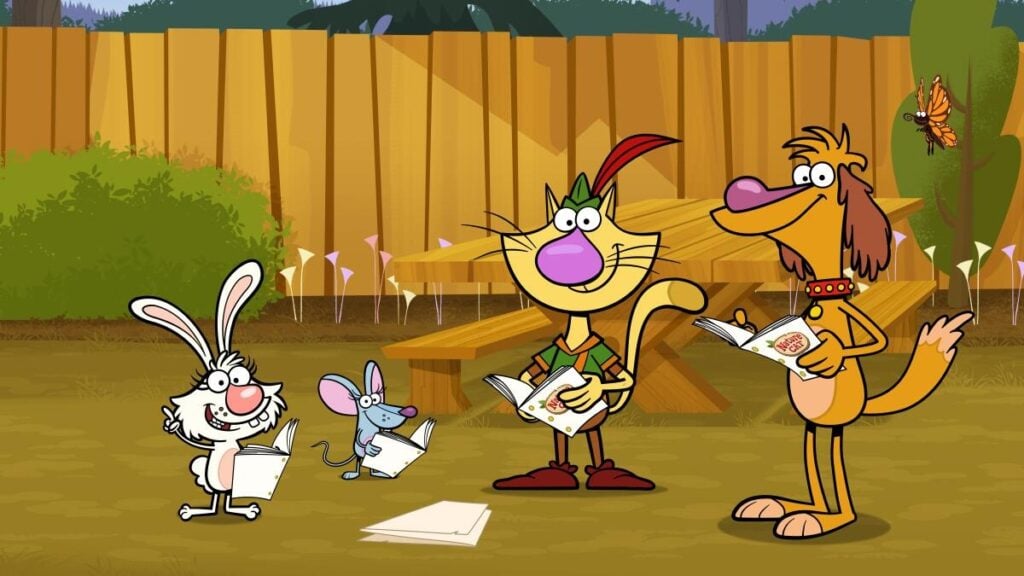
Nature Cat stars Fred, a house cat who transforms into “Nature Cat” whenever his human family leaves for the day. Being a mostly indoor cat, Fred doesn’t know much about the outdoors, so he embarks on backyard adventures alongside his friends. Together, they explore parks, ponds, gardens, and even urban nature. It is a sweet, funny show full of hands‑on investigations, genuine “a‑ha” moments, and the ability to spark a kid’s excitement about the natural world.
Nature Cat encourages kids to step outside and develop a genuine connection to nature. The show invites scientific skills like classifying, counting, measuring, and recognizing patterns, as well as instilling a sense of environmental stewardship in kids. Nature Cat shows kids not only the exciting parts of nature, but also how fragile it is and why it needs to be protected.
Molly Of Denali
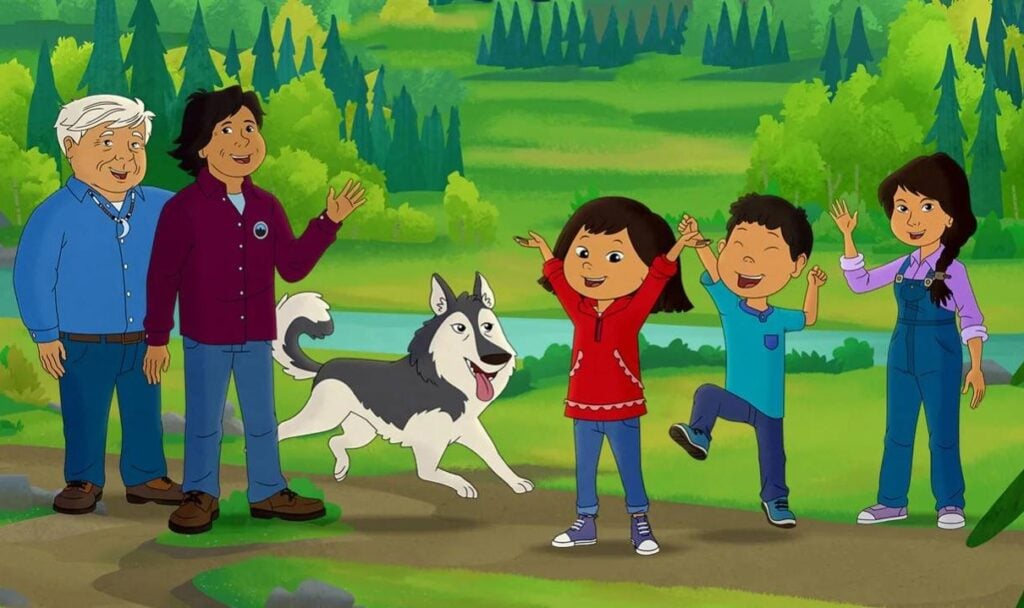
Molly of Denali is about a young girl named Molly Mabray, an Alaska Native girl of mixed Gwich’in, Koyukon, and Dena’ina heritage. Molly helps run her family’s trading post and explores the world around her by embracing her family traditions and communicating them to the world via video blogging, recipes, and observational humor. Real Alaska Native children and communities are portrayed, giving the show a deep authenticity.
Molly of Denali features an Indigenous lead character, voiced and written by Alaska Native artists. It elevates indigenous voices and exposes culture and community to a broad audience. For Native kids, it is an empowering show, allowing them to see themselves authentically reflected on screen and teaching all children to appreciate cultural diversity and Indigenous knowledge. The show also builds early informational literacy skills. Research shows Molly of Denali viewers learn an understanding of maps, photos, blogs, and informational text through Molly’s use of them in the course of an episode.
Pinkalicious & Peterrific

Sadly, whenever educational budget cuts come up, the Arts seem to be the first subject to feel the impact. Pinkalicious & Peterrific aims to help with that as imaginative siblings Pinkalicious and her younger brother Peter traverse the colorful town of Pinkville, discovering artistic and creative opportunities in everyday life. Interspersed with live-action segments and original songs, Pinkalicious & Peterrific tackle challenges using art, dance, music, theater, and inventive play.
Pinkalicious & Peterrific shows kids that art isn’t just fingerpainting and making Christmas ornaments for family members. The show celebrates creativity and expression while encouraging different artist perspectives. Visual arts, music, movement, and storytelling are all shown as problem-solving tools and, as we found out in our house, very useful for kids with big feelings to help them express themselves.
